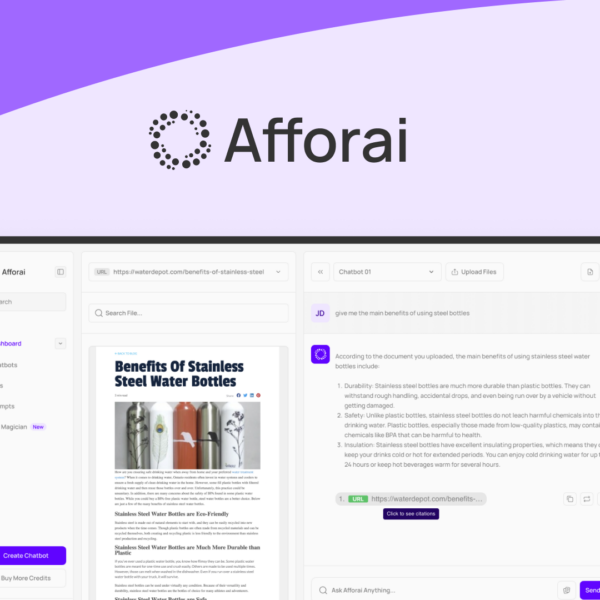In today’s fast-paced work environment, HR Workflows are essential for boosting efficiency and reducing errors. Explore how structured processes transform chaotic HR tasks into streamlined operations.
HR workflows play a crucial role in organizing and managing human resources tasks. These processes help teams work smarter, not harder. With clear steps, employees know what to do and when to do it. This reduces mistakes and keeps everyone on the same page.
Why Are HR Workflows Important?
Having structured HR workflows improves communication across departments. When tasks are laid out clearly, everyone understands their roles. This leads to smoother operations and faster results. For instance, during hiring, an organized workflow ensures timely interviews and onboarding.
How Do HR Workflows Boost Efficiency?
By automating repetitive tasks, HR teams save time. Manual tasks like leave requests or payroll processing can be automated to reduce effort and errors. Automation frees up HR staff to focus on more strategic work, like enhancing company culture or improving employee engagement.
Implementing Effective HR Workflows
To create effective HR workflows, start by mapping out current processes. Identify bottlenecks and areas for improvement. Keep it simple and clear. Engage your team in the design process to ensure their needs are met.
Furthermore, consider using software solutions that support workflow automation. Tools that allow for easy tracking and reporting can help manage HR tasks more effectively. This way, HR professionals can ensure compliance and follow regulations.
Key Metrics to Focus On
When evaluating HR workflows, look at key metrics like time-to-hire or employee turnover rates. These figures provide insight into how well your processes are working. Regularly assess and tweak workflows to adapt to changes within the organization.
Ultimately, strong HR workflows can lead to happier employees and a more productive workplace. When everyone knows their responsibilities, the HR department can contribute significantly to the overall success of the organization.




